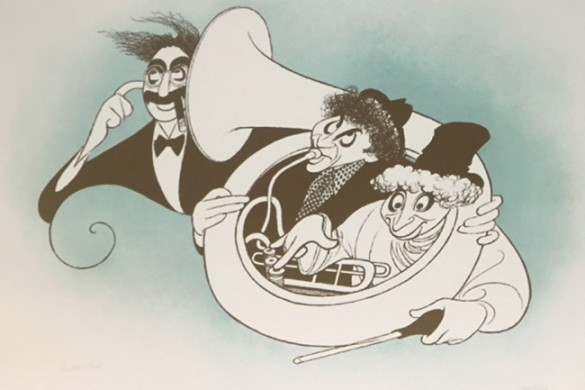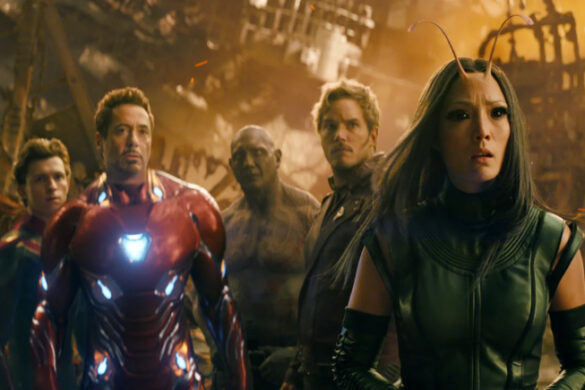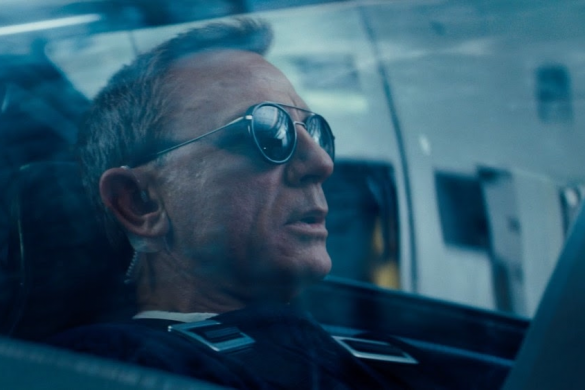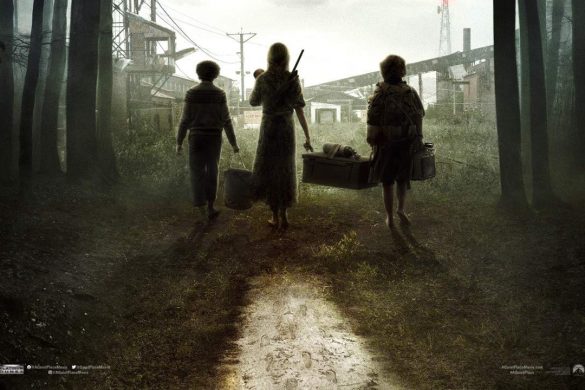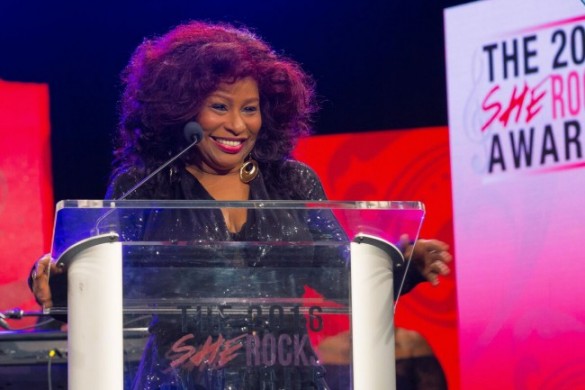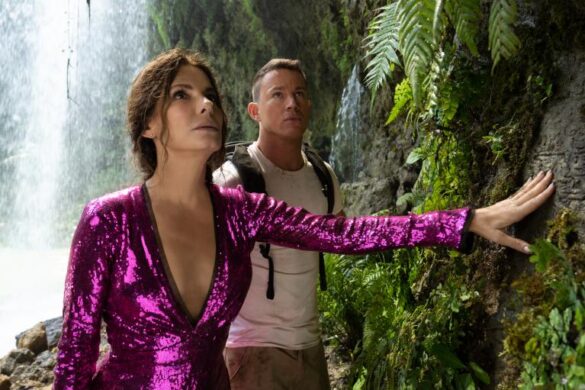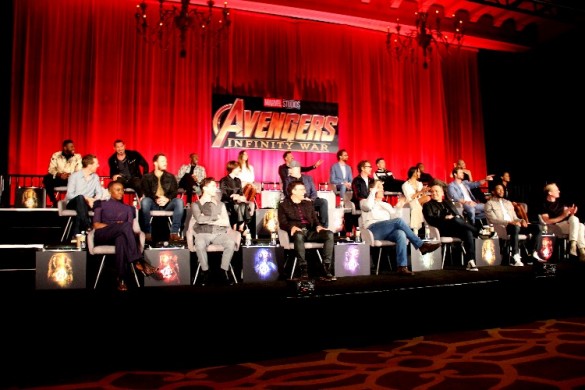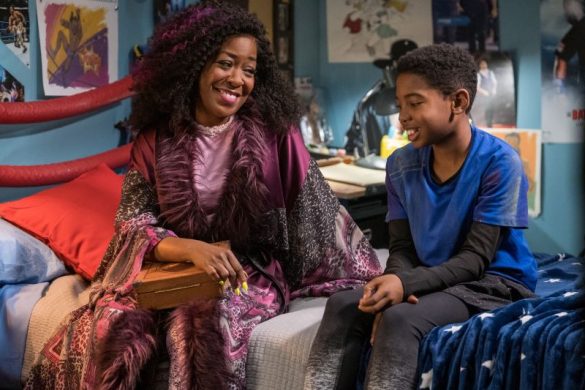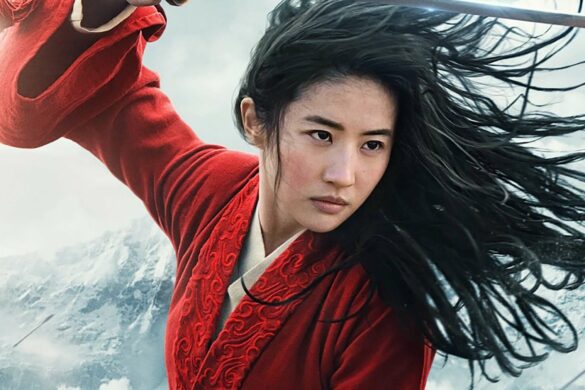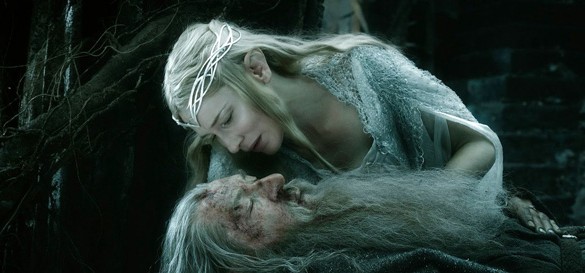You don’t have to wait another tomorrow for Tomorrowland! The science fiction adventure is in theaters now and is rated PG — take the entire family to see it!
Tomorrowland is a directed by Brad Bird, and co-written and produced by Bird and Damon Lindelof. The film stars George Clooney, Britt Robertson, Hugh Laurie, Raffey Cassidy and Tim McGraw! Read these cool, fun facts before setting out to see the film this weekend.
• Director/writer Brad Bird is no stranger to the world of Disney and it isn’t just from working on his previous films. When he was 11, Bird developed an interest in animation and over the course of three years he finished a 15-minute animated film that came to the attention of Disney Animation, who offered to assign a mentor—the famous Master Animator Milt Kahl—to the then 14 year old. Bird stayed with a family friend in Los Angeles to take advantage of the once-in-a-lifetime offer.
• In recreating the 1964 World’s Fair for “Tomorrowland,” filmmakers were lucky to find that one of the iconic pieces, the Unisphere, was actually in Flushing Meadows, New York, standing outside of the USTA National Tennis Center. The huge globe’s fountains are still in place as well as the gardens. The filmmakers dispatched a photographer to New York to take photos so that they could use the real images as a composite element in the scenes.
• For the 1964 World’s Fair, the Walt Disney Company created three rides, the It’s a Small World ride being the one we remember most. Though quaint by today’s standards, back in 1964, Carousel of Progress and Great Moments with Mr. Lincoln were revolutionary in how they used robotics and ride technology to create a thematically rich experience.

Tomorrowland set was built in Spain.
• For the filmmakers, the bizarre memorabilia emporium, Blast From the Past, was a fun—and nostalgic—set to create. Set decorator Lin MacDonald spent months curating the extensive display of collectibles, consisting of thousands of pieces, both purchased and manufactured by the production, and many originals—some from Brad Bird’s own collection. There are shelves and shelves of comic books and items such as classic sci-fi movie posters, an original Luke Skywalker action figure from the 1970s, and even items from “Space 1999.” The production design team literally built a store and set it in the middle of a sound stage.
• Designed by illustrator Tim Flattery of “Men in Black” fame, the plasma ray guns used in the comic-book store scene feature interactive light that spills out into the environment, adding to their air of authenticity. The guns were built with a very small but powerful wireless battery pack that fits on the end. Upon the actor hitting the trigger, the gun throws interactive light out the front. When the “plasma” is empty, a red light goes on and, as the gun recharges, the lights turn blue again.
• The Bridgeway Plaza took six months to build and was about half the size of a football field. The set was so enormous that no sound stage existed that could house it and considerable height was also required for the intended aerial work above the set and for the cranes big enough to hold the lights required to illuminate the set. Adding to the complexity was the fact that the set had to serve different time periods over the course of the script: 1964, when young Frank first visits; 1984, the period in Casey’s pin-induced vision; and 2014, when the remainder of the story takes place. This required six-week intervals between shoots to allow the production design crew time to redress and alter the set for each time period.
• The Bridgeway Plaza set included a fully functional monorail (called the levitating elevated vehicle). Once the monorail was completely built and the lights and glass were put in, it weighed about 35,000 pounds. That meant that the crew had to figure out how to move the hefty monorail—loaded with principal cast— safely down a track that was elevated 16 feet in the air and stop it at exactly the same position time and again. They came up with hydraulic winches that could be shut down very quickly in an emergency and brakes that they could apply whenever they wanted to bring the monorail to a very specific mark to stop, open the door automatically and have the cast walk out.
• In addition to sets in Spain and Canada, locations included the “It’s a small world” ride at Disneyland Park in Anaheim, Calif., a beach in the Bahamas and a second-unit shoot in Paris. In total, the film had over 90 different combinations of sets and locations, and moved ten times.
• Costume designer Jeffrey Kurland had to dress almost 400 extras in 1964 era attire for the Hall of Invention and Unisphere Plaza World’s Fair scenes.

I loved Athena’s dress during the World’s Fair Scene
• The 1964 jet pack designed for Young Frank (Thomas Robinson) was a feat of engineering and imagination. It has 40 different fasteners on the backpack frame and has mounts for Electrolux vacuum cleaners on the sides. Control cables operate the small shovels on the back. Cables run through the jet pack onto the handles so the actor can control it. The jet pack was fastened to a plate and could be easily removed from the frame so that Thomas did not have to walk around with 20 lbs. of jet pack on his back between takes.

What kid wouldn’t want a jet pack??
• For the props department, creating props for the different time periods of the film—1964, 1984 and 2014—was a challenge. There are different influences and materials that affect the manufacture and design of the props for each era, so every prop needed to be carefully researched and analyzed to make sure the technology and materials they planned to use existed in the time period. Then the filmmakers had to try and find the real parts to make things authentic.
• Filmmakers were thrilled to see a real NASA Maven rocket launch (a probe to Mars) at the Cape Canaveral set location and several of them were able to view the launch from a position closer than the press viewing stage. For the filmmakers, it was a dream-come-true and symbolized the future that the film inspires.


